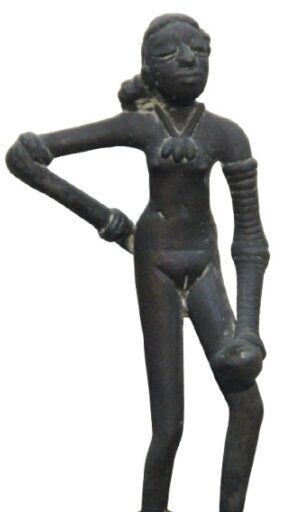HAPPY TRAVELLING
Archaeological Marvels of India


India is a land of ancient civilizations, where countless archaeological sites unravel the secrets of history, culture, and innovation. These wonders, ranging from rock-cut temples and lost cities to sophisticated water management systems and monumental structures, reveal the advanced knowledge of their time.
Wiki Link: Archaeological Marvels of India
Khajuraho Temples
The Sensual & Spiritual Marvel

Era: Built between 950–1050 CE
Patron: Chandela Dynasty
Location: Madhya Pradesh
UNESCO World Heritage Site: Recognized in 1986
Khajuraho, a UNESCO World Heritage Site, is famous for its detailed sculptures of gods, celestial beings, animals, and erotic figures.
- Kandariya Mahadeva Temple is the largest, with 872 intricate sculptures, some as small as a few inches.
- The temples are aligned astronomically—on certain days, sunlight directly falls on key sculptures.
- The erotic imagery represents Tantric traditions, emphasizing the balance of spiritual and material life.
Rani Ki Vav
The Underground Stepwell Wonder
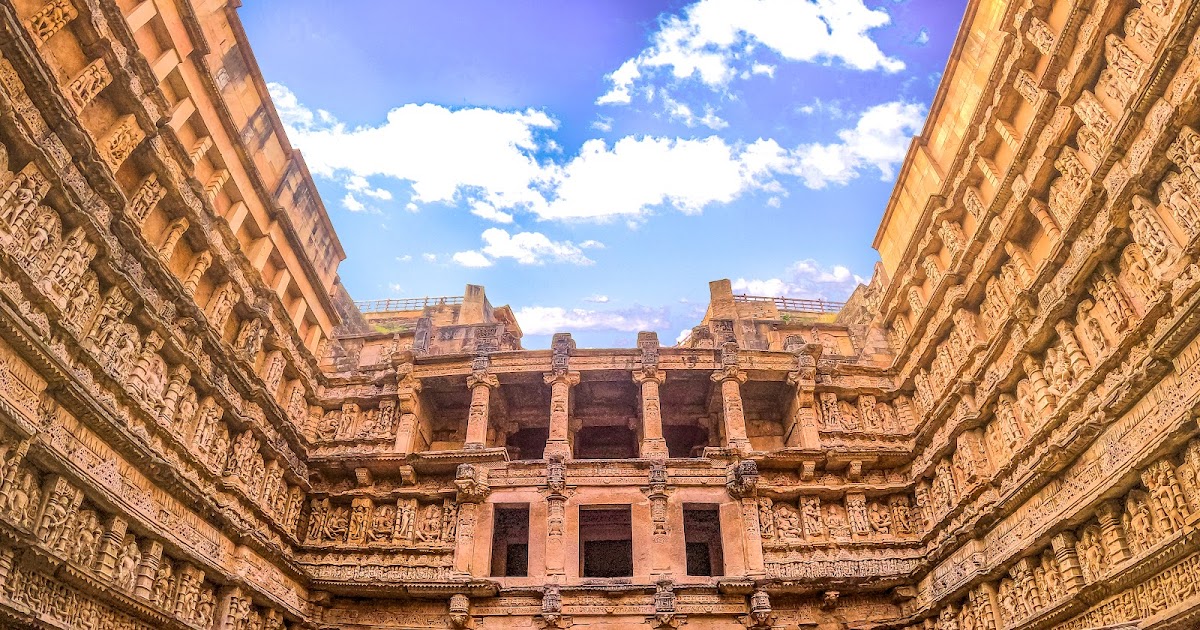
Era: Built in the 11th century CE
Patron: Queen Udayamati (widow of King Bhima I, Solanki Dynasty)
Location: Patan, Gujarat
UNESCO World Heritage Site: Recognized in 2014
Unlike regular stepwells, Rani Ki Vav is a seven-story subterranean temple with 800 intricate sculptures, mostly of Lord Vishnu.
- The stepwell has a microclimate effect, naturally cooling the air.
- Each tier of the well is carved with minute detail, depicting apsaras, nagas, and deities.
- It served not just as a water reservoir but also as a social and religious gathering place.
Konark Sun Temple
The Chariot of the Sun God

Era: Built in the 13th century (c. 1250 CE)
Patron Dynasty: Eastern Ganga Dynasty
Location: Odisha
UNESCO World Heritage Site: Recognized in 1984
Designed as a massive stone chariot dedicated to the Sun God, Konark Sun Temple is a blend of science, art, and astronomy.
- The temple has 24 giant wheels, which function as sundials, capable of telling time accurately.
- Seven stone horses pull the temple, symbolizing the days of the week.
- The temple’s entrance once housed a floating magnet, suspending an iron idol of the Sun God (now lost).
Hampi
The Ruined Capital of an Empire
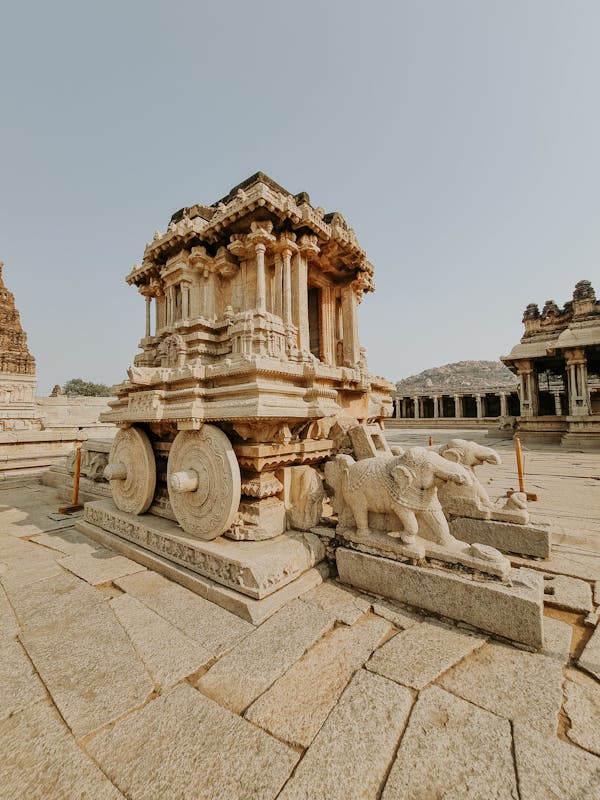
Era: 14th – 16th century CE
Patron Dynasty: Vijayanagara Empire
Location: Karnataka
UNESCO World Hertiage Site : Recognized in 1986
Once the capital of the mighty Vijayanagara Empire, Hampi is a sprawling city of temples, bazaars, and palaces, spread across 4,100 hectares.
- Vittala Temple is famous for its stone chariot and musical pillars—when struck, these pillars produce melodic sounds
- Virupaksha Temple, still functioning, features a mathematically perfect gopuram (tower).
- The Lotus Mahal showcases Indo-Islamic influences with its arched pavilion-style architecture.
- King’s Balance is a massive stone frame where kings were ritually weighed against gold and distributed to the poor.
Ellora Caves
Rock-Cut Wonders of Art & Architecture
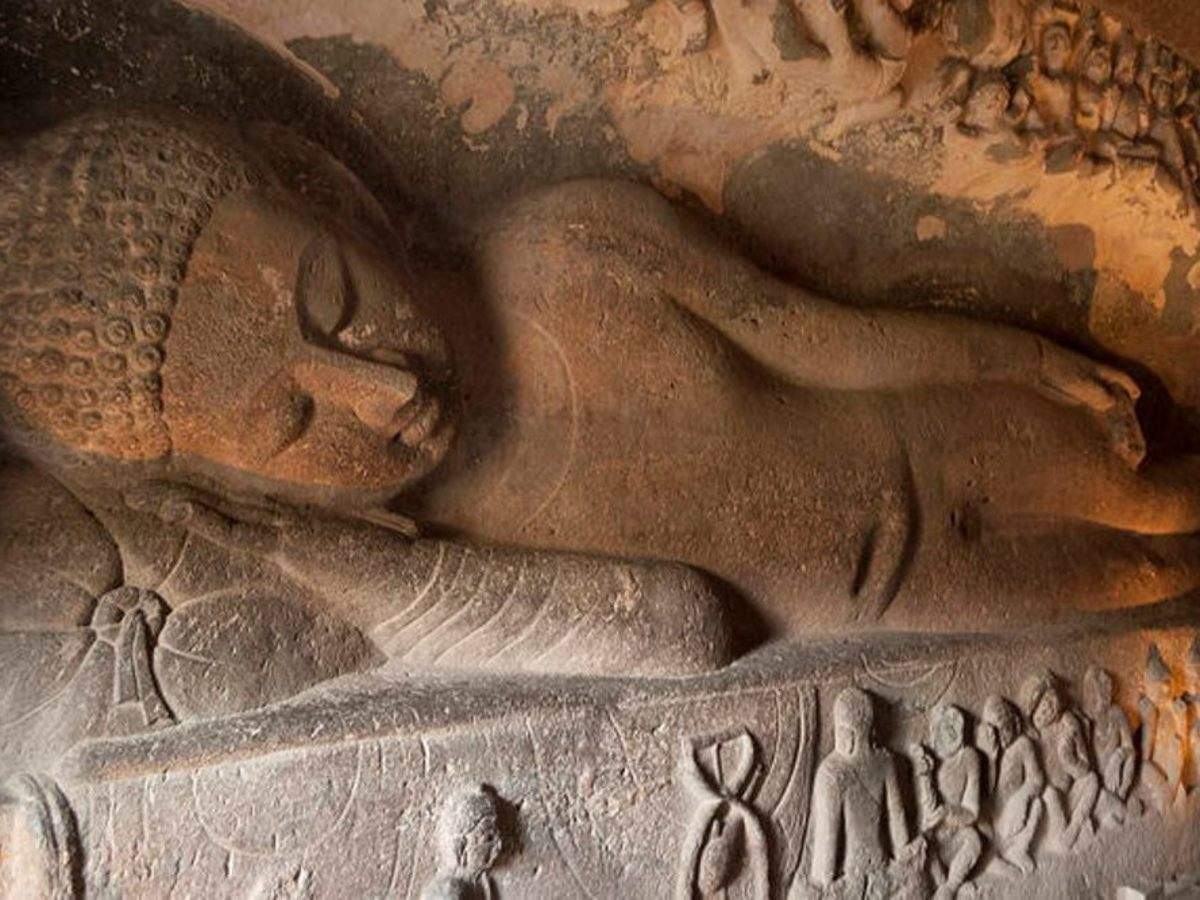
Era: 600 – 1000 CE
Patron Dynasties: Rashtrakutas, Kalachuris, Chalukyas
Location: Maharashtra
UNESCO World Heritage Site: Recognized in 1983
Ellora features 34 caves spanning different religions, showing the harmony of diverse cultures.
- Kailasa Temple (Cave 16) is the world’s largest monolithic rock excavation, carved out of a single basalt rock.
- Cave 10 (Vishwakarma Cave), known as the Carpenter’s Cave, has a ceiling that mimics wooden architecture.
- Jain Caves (Cave 32-34) are known for their intricate, detailed sculptures, showcasing the richness of Jainism.
Meenakshi Temple
The Dravidian Architectural Wonder

Era: 6th century CE (expanded significantly in the 16th century)
Patron Dynasty: Pandya and Nayaka rulers
Location: Madurai, Tamil Nadu
UNESCO Status: Nominated for UNESCO World Heritage recognition
The Meenakshi Temple, dedicated to Goddess Meenakshi (a form of Parvati) and Lord Sundareswarar (Shiva), is one of the most magnificent Dravidian-style temples in India.
- The temple has 14 majestic gopurams, the tallest being 170 ft high, covered in thousands of vividly painted sculptures of gods, goddesses, and celestial beings.
- A marvel of stone craftsmanship, featuring intricately carved musical pillars that produce different notes when struck.
- A sacred water tank where devotees purify themselves before entering the temple.
- The temple has 33,000 sculptures, depicting mythological stories and divine beings.
Taj Mahal
The Crown Jewel of Mughal Architecture
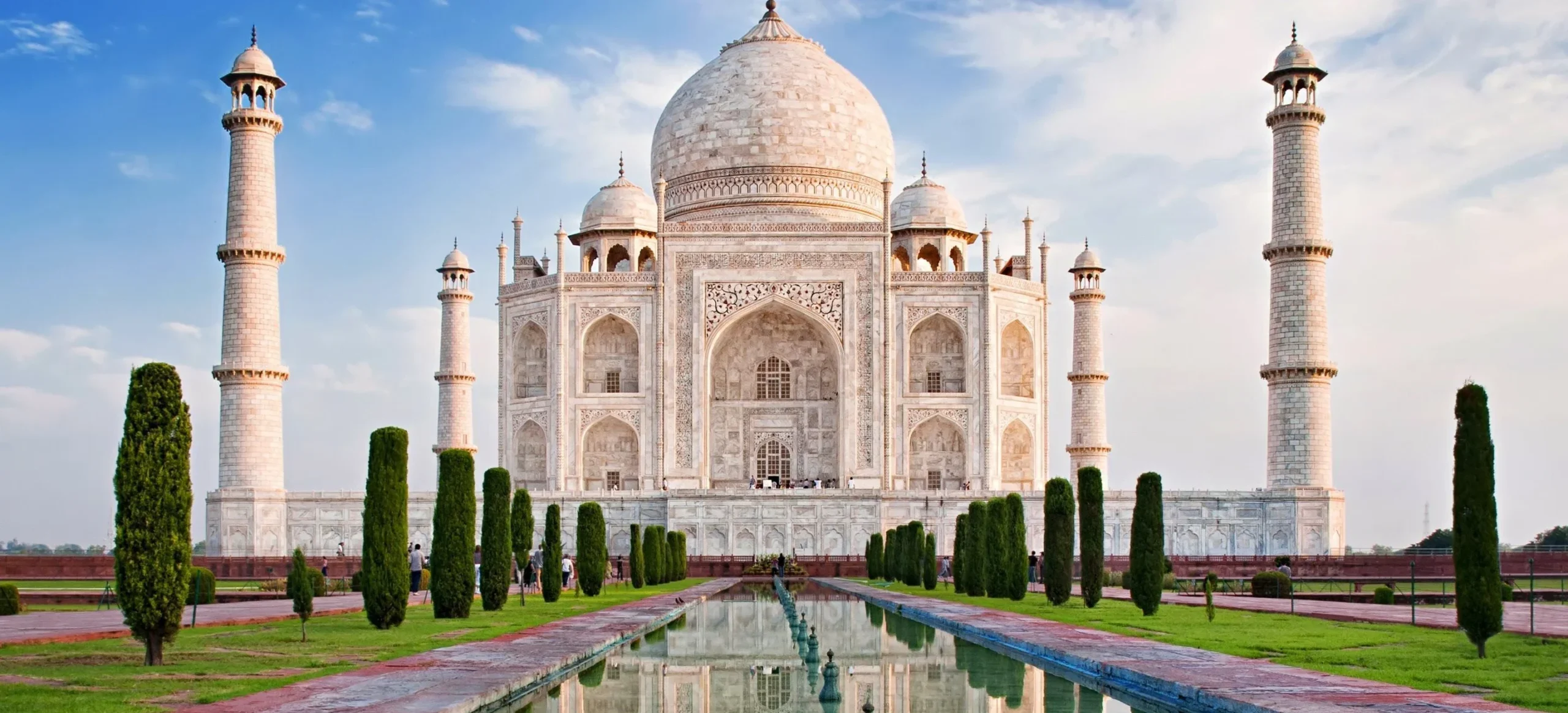
Era: Built between 1632–1653 CE
Patron: Emperor Shah Jahan (Mughal Dynasty)
Location: Agra, Uttar Pradesh
UNESCO World Heritage Site : Recognized in 1983
The Taj Mahal, often called the “Crown of Palaces,” is India’s most iconic monument and a global symbol of love. Commissioned by Mughal Emperor Shah Jahan in memory of his beloved wife Mumtaz Mahal.
- Rising 240 feet, the grand onion-shaped dome is topped with a gilded finial, representing a blend of Islamic and Hindu symbolism.
- The entire complex is perfectly symmetrical, aligned along a central axis, creating visual harmony.
- The walls are adorned with semi-precious stones (lapis lazuli, jade, amethyst) forming intricate floral motifs and calligraphy.
- These slender, 138-foot-tall minarets are slightly tilted outward to protect the main structure in case of earthquakes.
Brihadeeswarar Temple
The Great Living Chola Temple
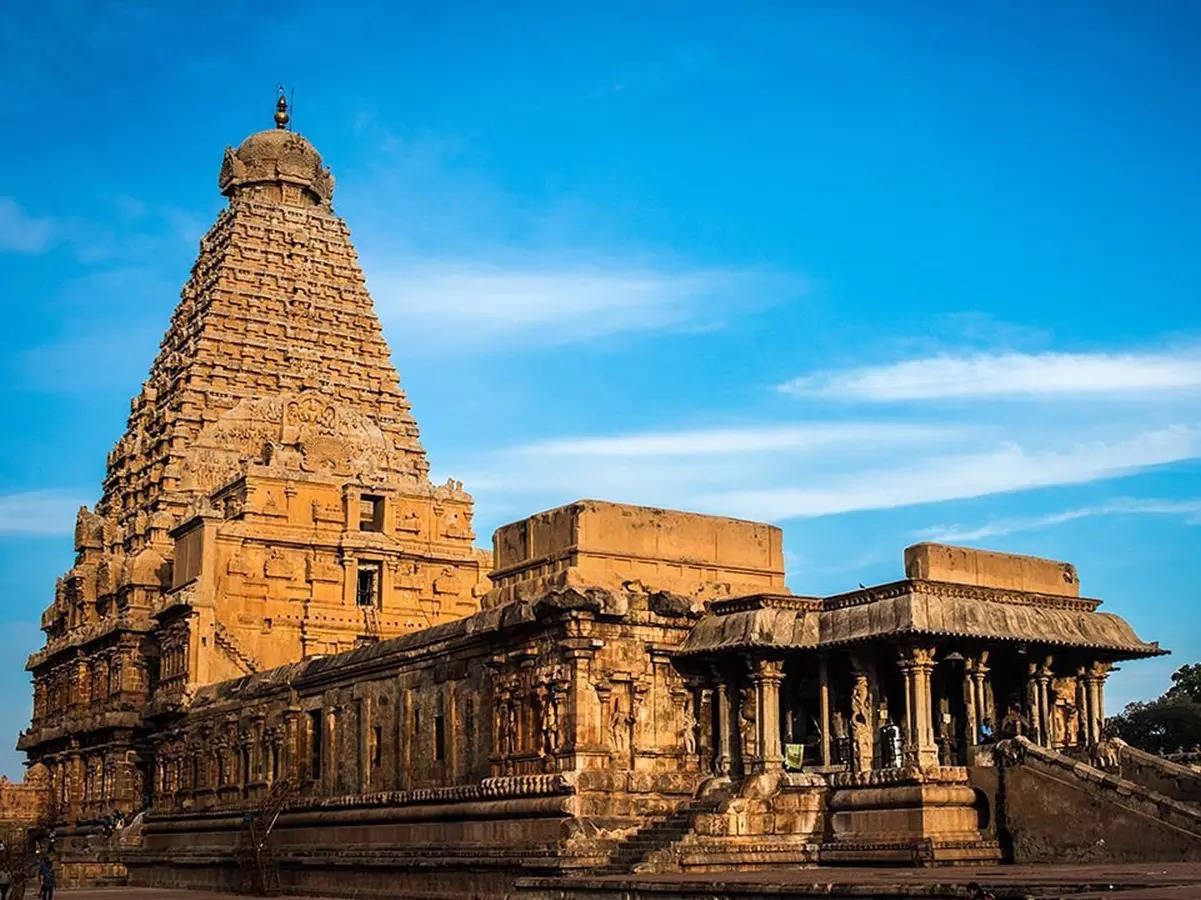
Era: Built in 1010 CE
Patron: Raja Raja Chola I (Chola Dynasty)
Location: Thanjavur, Tamil Nadu
UNESCO World Heritage Site : Recognized in 1987
The Brihadeeswarar Temple, also called Peruvudaiyar Kovil, is one of the largest and most significant Hindu temples in India.
- The temple features a 66-meter-tall vimana (tower), making it one of the tallest temple towers in the world.
- The 80-ton monolithic granite capstone sits atop the vimana, an astonishing engineering feat.
- The Shiva Lingam inside the sanctum is one of the largest in India.
- The temple tower’s shadow never falls on the ground at noon, a unique architectural wonder.
- The temple is adorned with intricate carvings, Tamil inscriptions, and fresco paintings depicting Chola history and Shaivite traditions.
Hoysaleshwara Temple
The Jewel of Hoysala Architecture

Era: Built in 1121 CE
Patron: King Vishnuvardhana (Hoysala Dynasty)
Location: Halebidu, Karnataka
UNESCO World Heritage Site : Tentative List (2014)
The Hoysaleshwara Temple, dedicated to Lord Shiva, is one of the finest examples of Hoysala architecture, renowned for its exquisite stone carvings and intricate sculptural details.
- The temple consists of two shrines dedicated to Hoysaleshwara (Shiva) and Shantaleshwara representing the double-shrine architectural style.
- The entire temple is crafted from chloritic schist (soapstone), allowing artisans to create intricate and delicate carvings.
- Unlike most temples with plain exteriors, the Hoysaleshwara Temple’s outer walls are covered with over 2400 intricate sculptures, depicting mythological stories from the Ramayana, Mahabharata, and Puranas.
- The temple is built on a raised star-shaped platform, a signature Hoysala feature that adds a geometric elegance to its design.
Bishnupur
The Land of Terracotta Temples

Era: 17th – 18th century CE
Patron: Malla Dynasty
Location: Bankura district, West Bengal
UNESCO World Heritage Center : Tentative List (1998)
Bishnupur is famous for its terracotta (baked clay) temples, built in the Bengali hut-style architecture.
- Rasmancha Temple has arched corridors, giving it a fortress-like appearance.
- Shyamrai Temple features detailed terracotta panels, depicting scenes from the Mahabharata and Ramayana.
- The temples were constructed using burnt bricks, showcasing alternative materials in Indian architecture.
- It is one of the best-preserved terracotta sites, despite being built entirely of clay.
- The intricate designs show mythological storytelling in temple art.
Pattadakal
The Crown of Chalukyan Architecture

Era: 7th – 8th Century CE
Patron Dynasty: Chalukya
Pattadakal is a UNESCO World Heritage Site, home to a fusion of North Indian Nagara and South Indian Dravida temple styles.
- Virupaksha Temple, built by Queen Lokamahadevi, is a prototype for later Dravidian temples.
- The Papanatha Temple is the only hybrid temple, blending both northern and southern styles.
- It was an important coronation site for Chalukyan kings.
- Pattadakal represents India’s unique temple experimentation, blending diverse architectural styles.
- Its intricate friezes and sculptures inspired later temple designs across India.
Chennakesava temple
The Finest Hoysala Masterpiece

Era: Built in 1117 CE
Patron: King Vishnuvardhana (Hoysala Dynasty)
Location: Belur, Karnataka
UNESCO World Heritage Site: Tentative List (2014)
The Chennakesava Temple, dedicated to Lord Vishnu, is one of the greatest examples of Hoysala architecture, showcasing extraordinary craftsmanship.
- The temple is built on a raised star-shaped platform, enhancing its grandeur and symmetry.
- The entire structure is made of chloritic schist (soapstone), allowing for intricate detailing and deep carvings.
- Over 650 intricately carved figures of gods, goddesses, celestial beings, and mythical creatures adorn the temple walls.
- One of the most famous carvings, depicting a celestial woman admiring herself in a mirror, showcasing graceful beauty and lifelike expression.
Sanchi Stupa
The Timeless Buddhist Monument
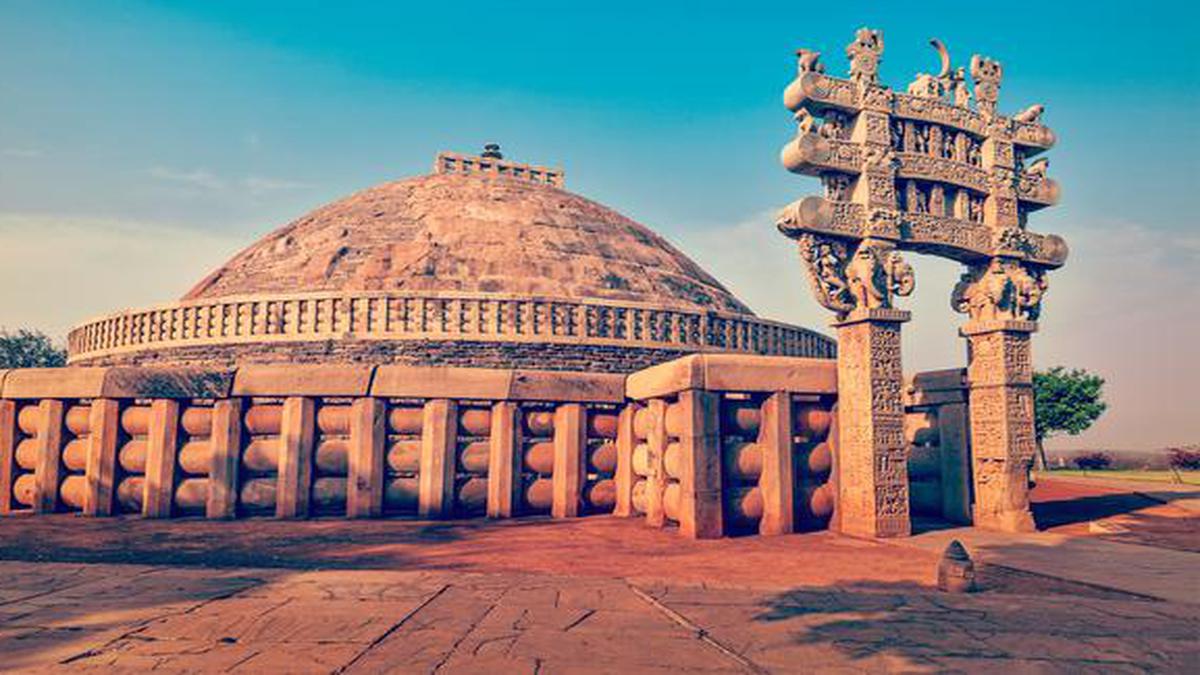
Era: 3rd Century BCE
Patron: Emperor Ashoka (Maurya Dynasty)
Location: Sanchi, Madhya Pradesh
UNESCO World Heritage Site : Recognized in 1989
Sanchi is home to the Great Stupa, built under Emperor Ashoka and later expanded. It is one of India’s oldest stone structures, marking the spread of Buddhism.
- The dome (anda) represents the universe, and the harmika (small railing on top) symbolizes the heavens.
- The toranas (ornate gateways) are adorned with intricate carvings narrating events from Buddha’s life.
- Ashoka’s Pillar at Sanchi still retains its polished sandstone finish, despite being over 2,000 years old.
Adalaj Stepwell
A Marvel of Indo-Islamic Architecture

Era: 1498 CE
Patron: Rani Rudabai (wife of Vaghela chief Rana Veer Singh)
Location: Gandhinagar, Gujarat
The Adalaj Stepwell (Adalaj ni Vav) is one of India’s most exquisite stepwells, showcasing a blend of Hindu and Islamic architecture.
- Unlike most stepwells, Adalaj has an octagonal layout with a large central tank at the bottom.
- The walls and pillars feature intricate floral motifs, mythological sculptures, Islamic geometric designs, and Jain influences.
- The stepwell has three entrances leading to the main well, allowing sunlight to filter in, creating an interplay of light and shadows.
- Built during Sultanate rule, it incorporates Islamic-style arches alongside Hindu deities and motifs.
- Designed to harvest rainwater, the stepwell remained a vital source of water in Gujarat’s arid climate.
